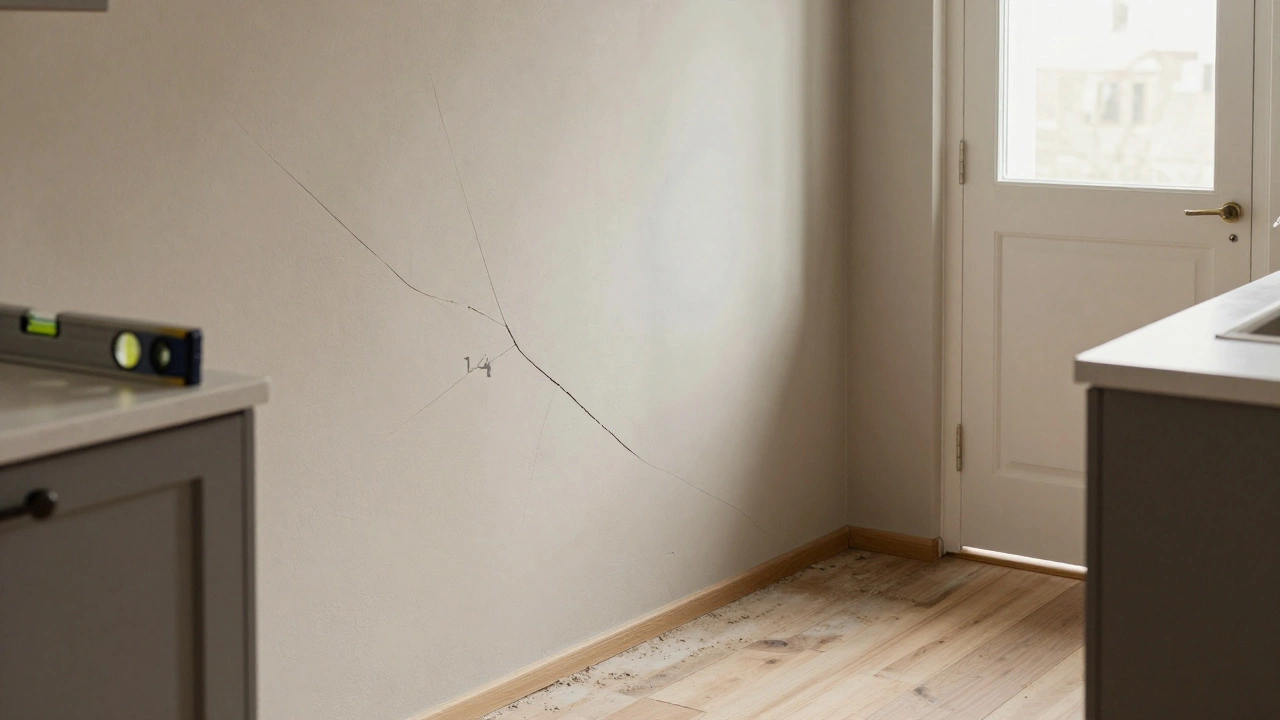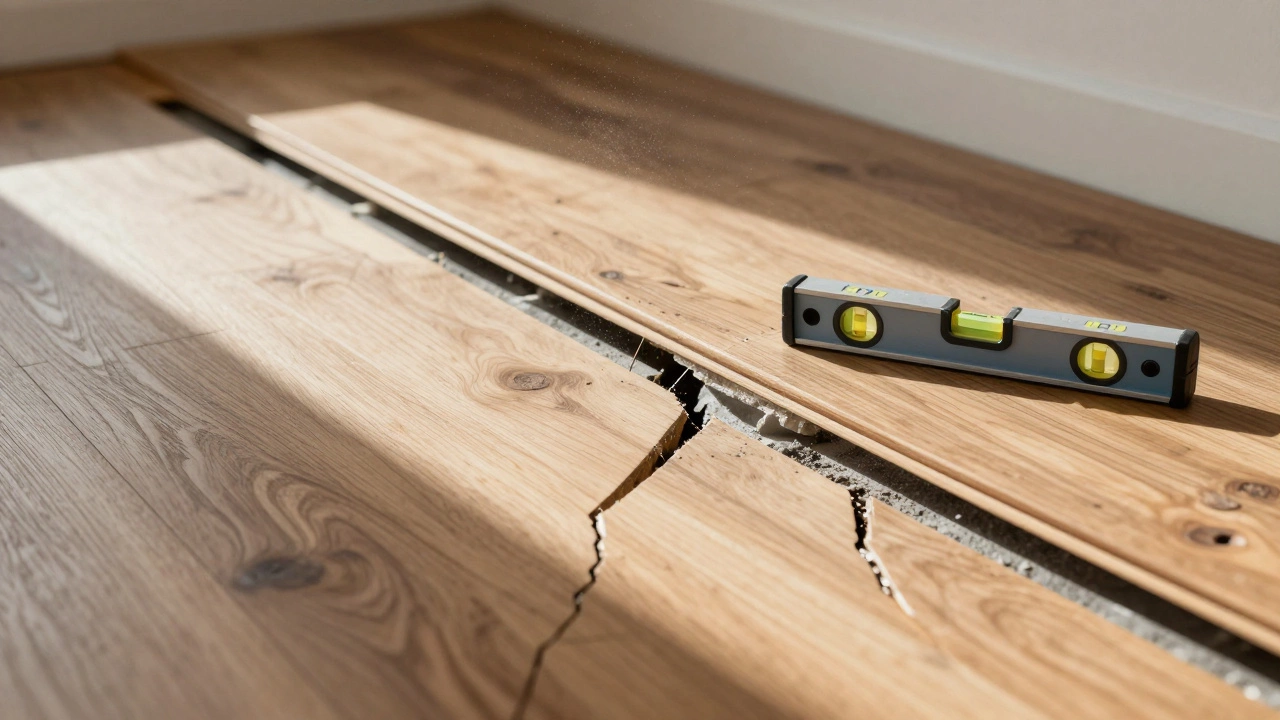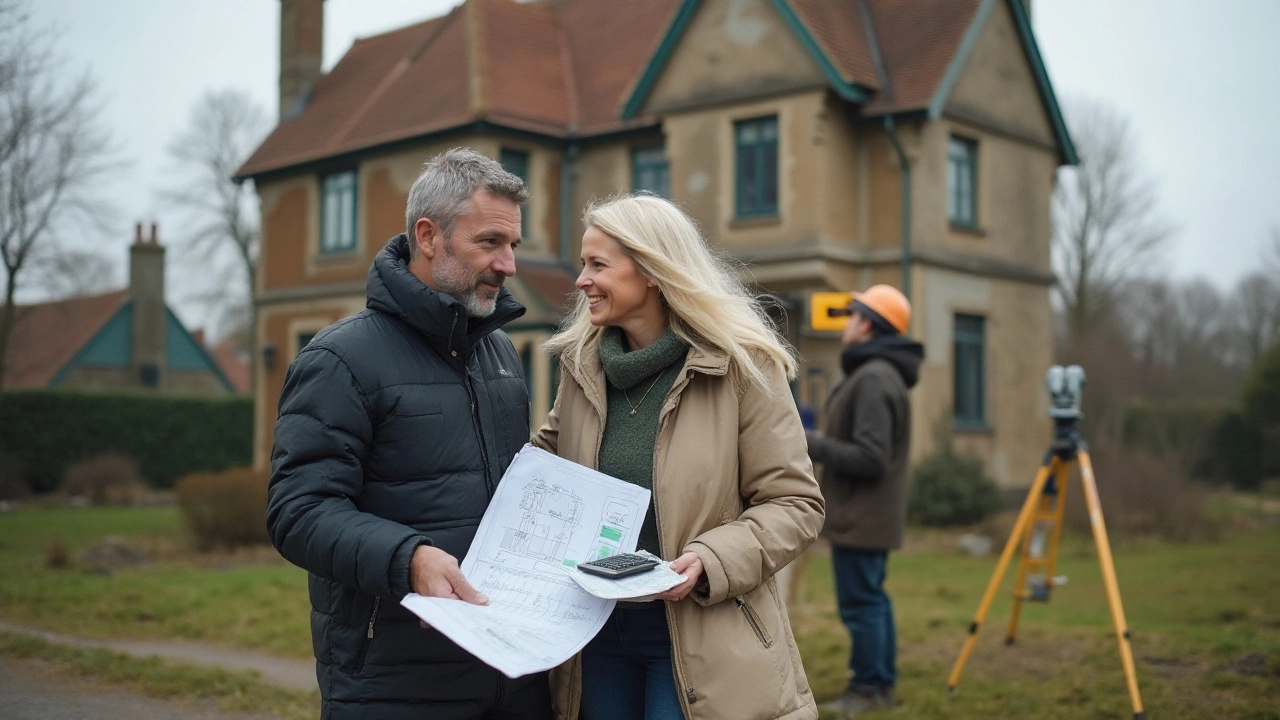Foundation Problems: Identify, Understand, and Fix Common Issues
If your house feels shaky, doors stick, or you see cracks in walls, the foundation might be the culprit. Most homeowners don’t think about foundations until something goes wrong, but catching the signs early can save you a lot of money and stress.
How to Spot Common Foundation Issues
First, walk around the outside of your home and look for any cracks in the concrete slab, especially horizontal lines. Horizontal cracks are a red flag because they show the soil is pushing against the foundation. Vertical cracks can be normal settlement, but if they start widening, call a pro.
Inside, check the floors. If you notice uneven spots, sloping floors, or gaps between floorboards, that’s a sign the underlying support is shifting. Windows that jam or doors that won’t close properly often point to a moving foundation as well.
Don’t forget moisture. Water pooling near the base of the house or a damp, musty smell in the crawl space can weaken the concrete and cause cracks to spread. Simple signs like these are quick to notice but often get ignored until the damage is severe.
Effective Solutions for Repairing Foundation Problems
Once you’ve identified a problem, the next step is deciding on the right repair method. For small hairline cracks, epoxy injection works well. The epoxy fills the gap, bonds the concrete, and prevents water from seeping in.
When cracks are larger or horizontal, you’ll likely need piering or slab jacking. Piering involves inserting steel or concrete piers deep into stable soil and lifting the foundation back into place. Slab jacking, on the other hand, pumps a cement‑based grout underneath the slab to fill voids and raise it gently.
Choosing the right cement mix also matters. High‑strength, low‑shrinkage cement is best for repairs because it stays stable over time and resists future cracking. Your contractor should test the existing concrete to match the mix properly.
All of these fixes require a qualified professional. A licensed foundation specialist can assess soil conditions, calculate loads, and recommend the most durable solution. Trying DIY fixes on major foundation issues often leads to recurring problems and higher costs down the line.
Finally, prevention is cheaper than repair. Keep gutters clean, ensure proper drainage away from the house, and watch for signs of soil movement after heavy rains or landscaping changes. A little maintenance can keep your foundation solid for years.
Foundation problems don’t have to be a nightmare. By spotting cracks early, understanding what each sign means, and getting the right repair method, you protect your home’s structural integrity and avoid costly surprises. If you notice any of the symptoms above, reach out to a trusted foundation repair service right away—your house will thank you.




